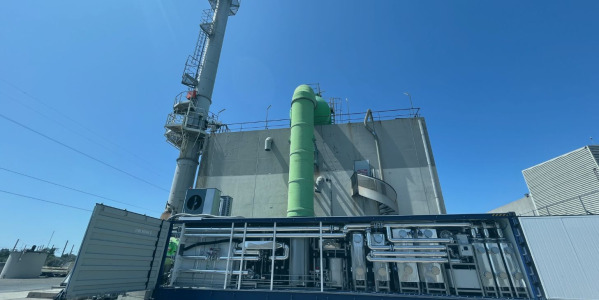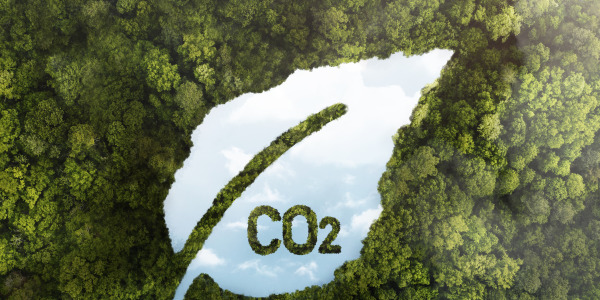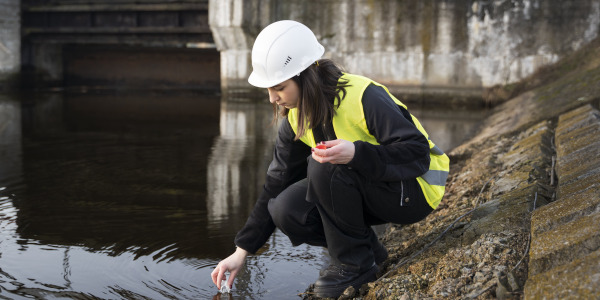PTSA Soil/Water Model Tank
INNOVATIVE SYSTEMS
The Soil/Water Model Tank "PTSA" is a laboratory scale unit designed to study the most common surface irrigation systems, as well as to investigate the surface and sub-surface effects of applying water.
Laboratories
RELATED NEWS
General Description
The Soil/Water Model Tank "PTSA" is a laboratory scale unit designed to study the most common surface irrigation systems, as well as to investigate the surface and sub-surface effects of applying water.
The "PTSA" unit is mounted on a movable bench consisting of a metallic frame and panels made of painted steel. It includes wheels to facilitate its mobility.
It has a narrow rectangular tank to be partially filled with different kinds of soils/sand (not included). Its frame is made of aluminum and the rear and front walls are made of glass so that water movements can be visualized. The front wall of the tank includes a grid to facilitate the measurement of water penetration rate in the soil.
It is a self-contained unit and it includes a water tank from which a pump impels water passing through a flow meter to measure the flow. The water circulates through a pressure regulator and a filter and the flow is controlled by a regulation valve. The water outlet in the rectangular tank can be either by flood or drip system to demonstrate the different types of surface irrigation. The irrigation system is manually modified to allow the two types of surface irrigation.
The unit allows to change and to remove easily and quickly the soil samples using the rear lateral plate made of aluminum. There is an overflow system to remove surface water.
Exercises and guided practices
GUIDED PRACTICAL EXERCISES INCLUDED IN THE MANUAL
- Study and visualization of drainage systems.
- Visualization of the surface irrigation systems.
- Study and understanding of surface and sub-surface effects of surface water application.
- Study of the filtration rate.
- Visualization of the effect of crusting on infiltration.
- Visualization of the effect of soil particle size on infiltration.
MORE PRACTICAL EXERCISES TO BE DONE WITH THE UNIT
- Study of infiltration and surface run-off.
- Study and demonstration of optimum irrigation application rates to maximize infiltration and minimize surface run-off.
SUPPLEMENTARY EQUIPMENT
Computer Controlled Hydrologic Systems, Rain Simulator and Irrigation Systems Unit (2x1 m)
Hydrologic Systems, Rain Simulator and Irrigation Systems Unit (2x1 m)
Computer Controlled Hydrologic Studies Unit
Hydrologic Studies Unit
Rainfall Hydrographs Unit
Computer Controlled Rainfall Simulator for Soil Erosion Studies
Rainfall Simulator for Soil Erosion Studies
River Flow Simulator
Mobile Bed and Flow Visualization Unit (working section: 2000X610 mm)
Mobile Bed and Flow Visualization Unit (working section: 4000x610 mm)
Sediment Transport Demonstration Channel
Quality

AFTER-SALES SERVICE

 Cookie preferences
Cookie preferences


















